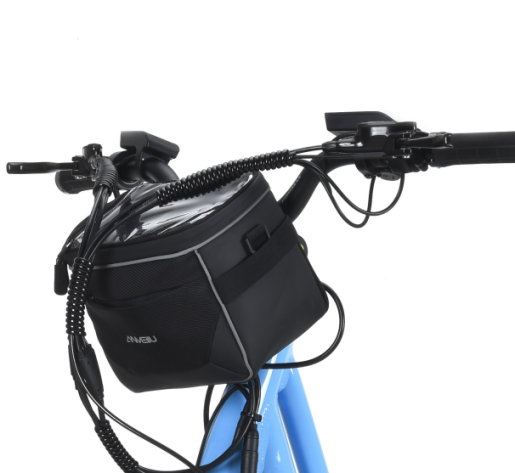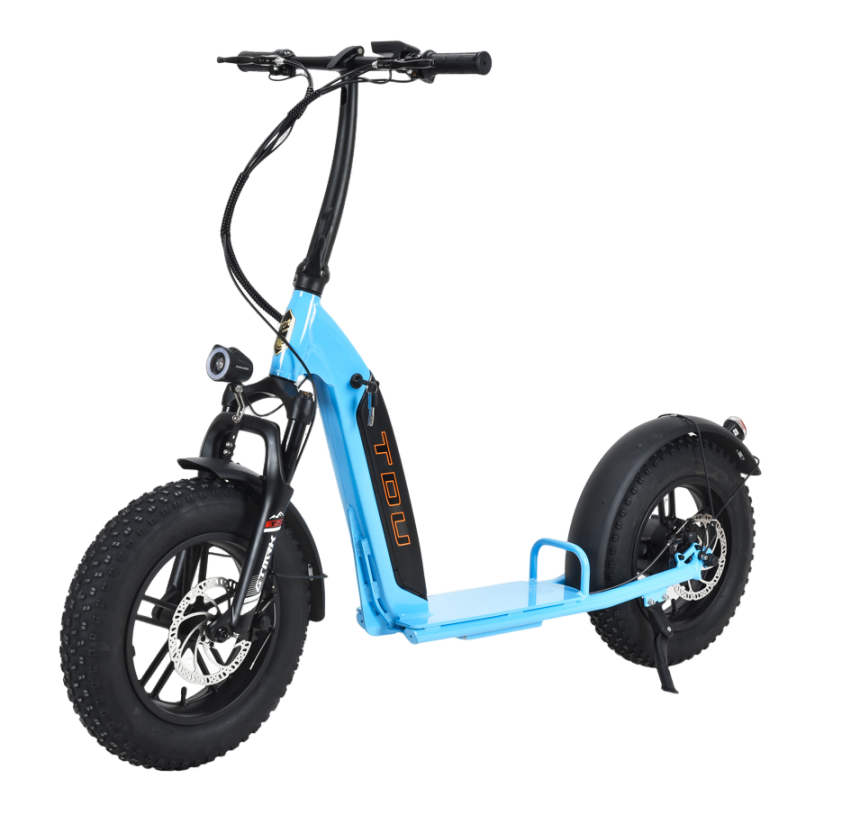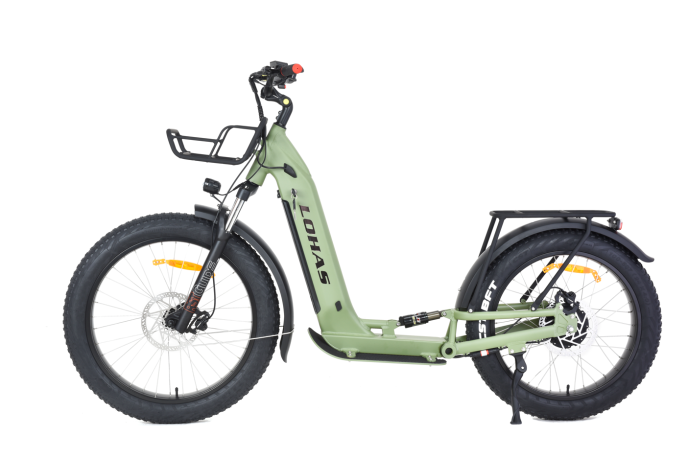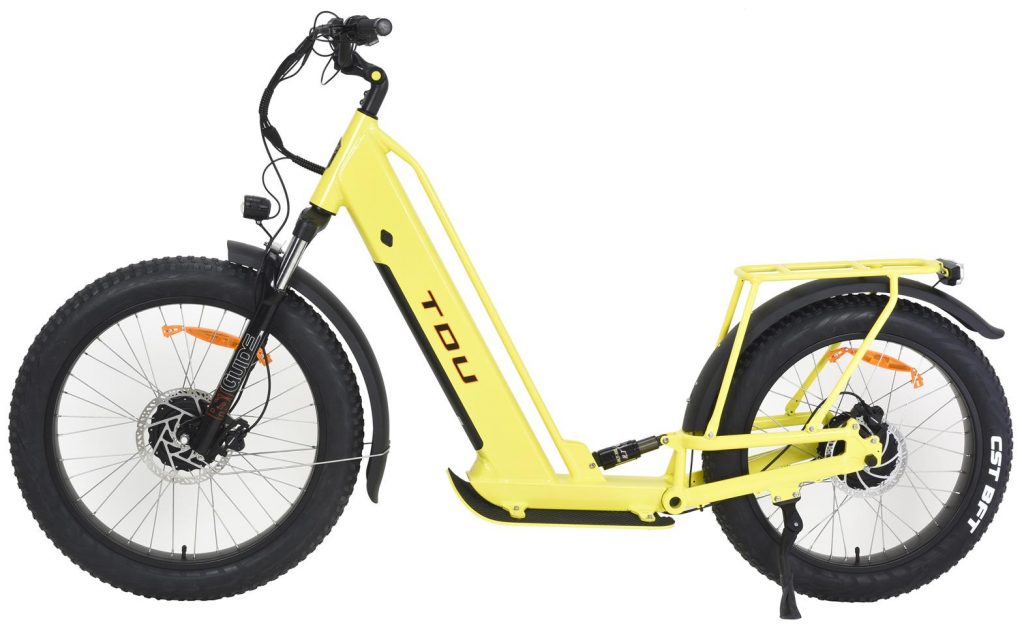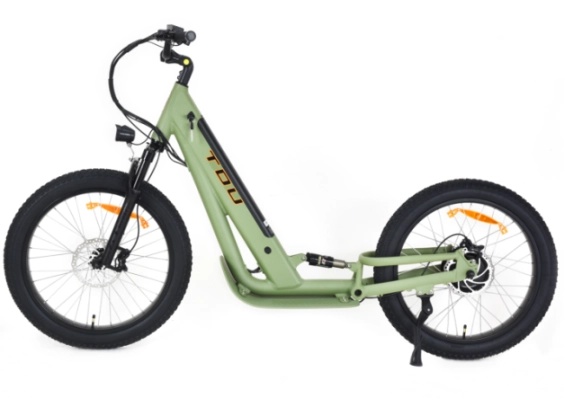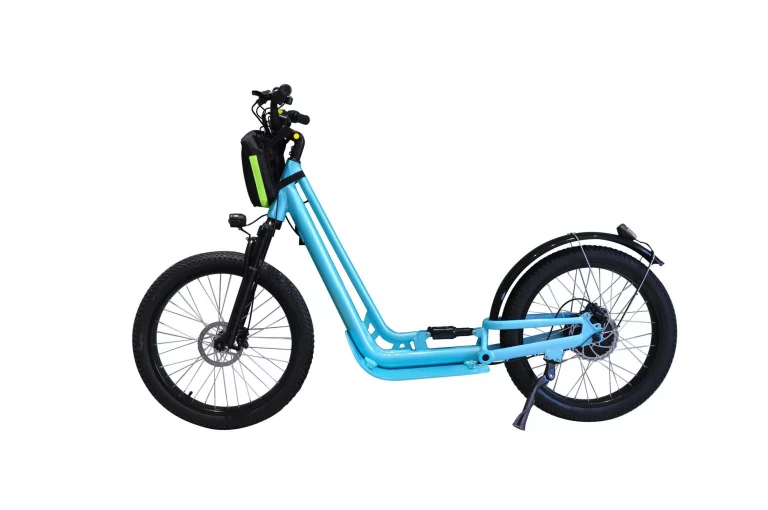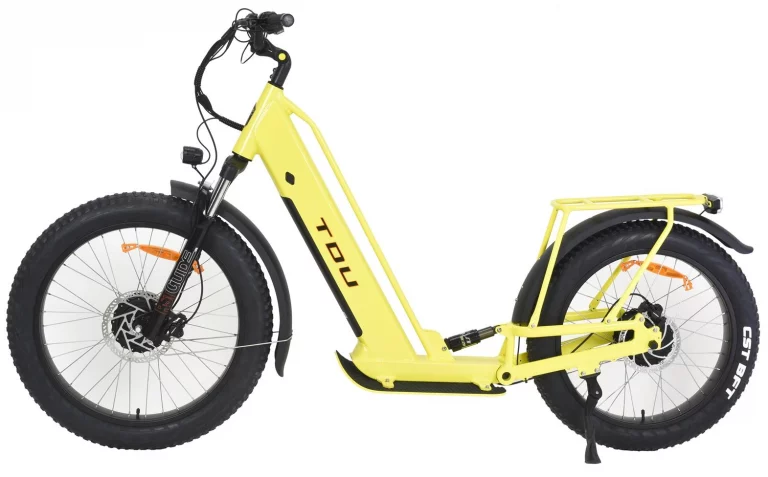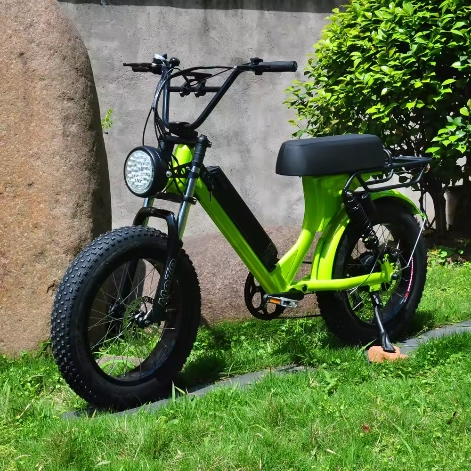Charging a scooter is essential, for its functioning. Knowing the ins and outs of the charging procedure can be extremely beneficial for users and experts, in the industry. Given the increasing trend of e scooters it’s crucial to explore alternative charging approaches, particularly when the usual charging facilities are inaccessible. This piece delves into tactics that facilitate e scooter charging without depending on a standard charger.
Understanding the Basics of E Scooter Charging
Charging scooters usually requires plugging the scooter into a charger that changes the AC power from a wall socket, into the DC power required by the scooters battery. Regular chargers are made to provide the voltage and current for battery charging. Various scooters may come with types of batteries, such, as lithium ion, lead acid or nickel metal hydride, each needing charging procedures. It’s important to know these procedures to prevent any harm to the battery while charging.
Frequent causes of charger problems may stem from issues, like chargers, worn out cables or damaged connectors. External elements like exposure, to weather conditions can likewise impact the chargers effectiveness. Moreover users might unknowingly inflict harm by utilizing chargers potentially resulting in battery deterioration or malfunction. Upkeep and cautious treatment of both the charger and the scooter can help alleviate many of these concerns.
Alternative Power Sources for Charging
When you can’t use chargers trying out power sources can help keep an electric scooter running. One useful approach is to use vehicle batteries to charge e scooters. A lot of vehicle batteries provide the voltage needed for an e scooter. By using jumper cables and following safety guidelines riders can link their scooters battery, to the vehicle battery for a charge while, on the move.
One creative way to charge scooters is, by using solar panels. Thanks to improvements in technology portable solar chargers can offer a power source. By setting up these panels to absorb sunlight and convert it into electricity they can help keep the scooters battery charged. Although solar charging may take time compared to methods it presents a practical choice for preserving battery life in secluded locations or, during extended outdoor adventures.
Advanced Technical Strategies
Direct Wiring Techniques
Direct wiring offers a straightforward though technically demanding option for those knowledgeable about electrical systems. This method involves bypassing the need for a traditional charger by using direct connections from an external power source to the battery terminals of the e scooter. Such a connection requires a thorough understanding of the scooter’s electrical configuration to ascertain the correct voltage and polarity, ensuring that the battery receives the appropriate current without overloading it. Professionals usually employ specialized tools like multimeters to confirm the voltage output and check for any irregularities that could cause damage during the charging process.
When implementing direct wiring, one of the essential steps includes ensuring that all connections are secure and insulated to avoid shorts. Short circuits can lead not only to potential battery damage but also create safety hazards. Users should wear protective gear and preferably work in a controlled environment that limits exposure to moisture or conductive materials. To facilitate this process, it’s recommended to use high-quality connectors and cables that can handle the necessary amperage, reducing the risk of fires or electrical failures during operation.
Moreover, users must be cautious of the battery’s state of charge before connecting the external power source. Overcharging is a prevalent issue when directly wiring, which can accelerate battery degradation. Implementing voltage regulators or using equipment that monitors battery levels can prevent such scenarios, promoting not only safe operation but also extending the lifespan of the electric scooter’s battery.
Regenerating Energy with Pedal-Electric Systems
Energy regeneration through pedal-electric systems presents an innovative approach to charging e scooters that merges traditional cycling with electric mobility. This method leverages physical activity to generate additional power, allowing riders to recharge their batteries dynamically. By integrating a pedal mechanism with the scooter’s motor, users can generate electricity during their commute, thereby extending their travel range without relying solely on conventional charging methods.
The effectiveness of this system depends on the ability to convert kinetic energy into electrical energy. As the rider pedals, the system harnesses this energy through generators or alternators, which is subsequently fed back into the scooter’s battery. This regenerative capability not only helps boost the battery charge but also encourages a sustainable approach to personal transportation, making it highly beneficial in urban settings where traffic congestion may limit the distance one can travel.
To fully utilize the pedal-electric system, users should familiarize themselves with the operation of energy conversion while ensuring that their e scooters are equipped for this functionality. This includes installing the correct gear mechanisms that support efficient energy transmission and battery compatibility. Understanding the balance between pedaling and scooting can optimize energy generation, allowing riders to enjoy a longer range while staying active.
Precautions and Safety Measures
Avoiding Overcharging
One of the critical considerations when exploring alternative charging methods for e scooters is the risk of overcharging. Overcharging occurs when a battery is supplied with more voltage or current than it can safely handle, leading to potential overheating, swelling, and even catastrophic failures. To mitigate this risk, users are encouraged to monitor charging times closely and utilize timers or automated shut-offs where possible. Utilizing advanced smart chargers equipped with charge control systems can intelligently regulate the charging process to avoid exceeding battery specifications.
In addition to employing smart chargers, users should regularly inspect their batteries for any signs of damage or wear that may increase susceptibility to overcharging. Proper maintenance, including ensuring optimal operating temperatures, can help sustain battery health. It’s advisable to avoid charging batteries in extreme environments, as excessive heat or cold can compromise performance and safety.
Understanding the specific charging requirements and limitations of the scooter’s battery technology is equally important. Different chemistries, such as lithium-ion, may have distinct characteristics and threshold levels, meaning that user education should emphasize the importance of adhering to manufacturer specifications. This knowledge helps achieve not only safer charging practices but also enhances battery longevity, ensuring the rider can rely on their e scooter for more extended periods.
Ensuring Compatibility with Non-standard Chargers
As the demand for diverse charging methods grows, ensuring compatibility with non-standard chargers is another essential precaution for users looking to charge e scooters without traditional chargers. Not all chargers are created equal, and utilizing a charger that does not match the scooter’s battery specifications can lead to inadequate charging or, worse, battery damage. Every e scooter manufacturer provides specific guidelines regarding compatible voltage, current output, and charging connectors. Users should adhere strictly to these guidelines when exploring alternative chargers.
Testing for compatibility usually involves examining both voltage levels and plug types before initiating the charging process. Utilizing adapters may seem like an immediate solution, but they can inadvertently create discrepancies in the electricity flow and potentially harm the battery. It is advisable to invest in quality aftermarket chargers that specifically state their compatibility for e scooters. This practice not only enhances safety but also promotes interactions with the battery that lead to more efficient charging cycles.
Moreover experts, in the electric scooter industry might support the idea of establishing uniform charging systems to encourage compatibility across brands. These improvements could offer users options, for charging their scooters while reducing the chances of encountering issues with specifications. Educating users on the importance of this initiative promotes scooter usage. Encourages better maintenance of electric vehicles.
About Lohas
Brand Overview
Lohas has established itself as a known contender, in the electric scooter market focusing on providing top notch mobility solutions designed to address the challenges of urban living. Setting themselves apart from companies they prioritize innovation and eco friendly practices striving to enhance user satisfaction in terms of performance and upkeep. Every Lohas model is crafted with user features. Incorporates cutting edge technologies solidifying their reputation as a preferred choice, for electric scooter enthusiasts.
The company puts a lot of resources into research and development to keep their scooters advanced and safe. By doing this they can provide products with features such, as braking systems and smart charging options encouraging users to adopt eco friendly habits. Lohas goal is to change the way people move around by making electric scooters easier to use and more attractive, through customer service and educational programs.
Commitment to Quality and Sustainability
Lohas doesn’t just focus on making products they also prioritize responsibility. The brand incorporates materials and practices, in their production to reduce their carbon footprint and promote eco friendliness. Every scooter they create embodies their commitment to the environment aiming to minimize waste while ensuring top notch performance. This eco conscious approach appeals, to consumers who’re conscious of their footprint and are looking for sustainable transportation options.
Furthermore the company values openness by sharing, in depth details and insights about their production methods. These actions help build trust with customers ensuring they grasp the importance of their purchase in the scope of sustainability. By collaborating with communities and promoting eco projects Lohas aims to inspire other companies to embrace similar sustainable approaches. Combining excellence with awareness Lohas is leading the path towards an environmentally friendly future, in electric transportation establishing themselves as a reputable brand known for both technical excellence and ethical accountability.
To sum it up the electric scooter industry is constantly changing due, to advancements in charging technology and an increasing focus on sustainability. Both experts and users need to stay updated on these changes to ensure they use scooters safely and efficiently. Lohas stands out as a player, in this field providing high quality products that meet demands and championing environmental well being.

